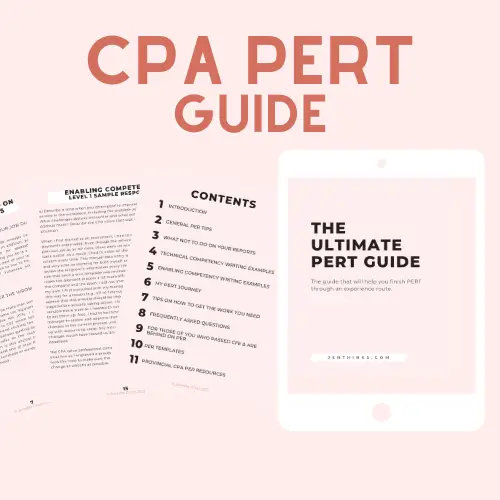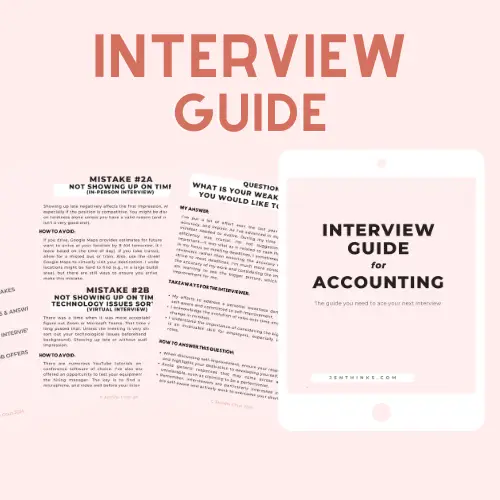I first came across the concept of a Time Diary from Laura Vanderkam’s Off the Clock: Feel Less Busy While Getting More Done. It is an excellent book on time management and teaches you how to use time effectively and efficiently.
What is a Time Diary?
A time diary is a log used to track how you spend your time. It is similar to a traditional diary in the sense that it records your day. However, it is structured in a 24-hour format so you sleeping time is recorded as well (which you don’t normally write about in a traditional diary).
There are many different table formats for time diaries but they all share the common features below:
– the rows represent blocks of time, e.g., 30-minute or 1-hour
– next to the time, there will be a box for a description of how you spend your time, e.g., eat, work, shower etc
– the total of all rows for one day will equal to 24 hours
Later in this article, I will share a simple design of a time diary using Google Sheets (my tool of choice).
What is a Time Diary Used For?
If you are one of the many people who think there is never enough time to do everything you want, a time diary will help you find the time. It is not some sort of magical tool that can create time but it helps you analyze where your time has been disappearing to.
Using the result from the analysis, you can make a decision on what to spend less time on. For example, you might already have an idea of how much Netflix you watch (for me? too much) but do you really know exactly how many hours a week? If you spend 8 hours a week on Netflix, can you instead spend half of that and use the other 4 hours on something else you say you never have time for?
We have all read stories about CEOs who can manage their successful careers and also be a present partner/parent. Do they have more than 24 hours a day? No. Sure, they now have assistants and staff who help them with their errands but many of them did not start that way. Opray Winfrey (first African American TV correspondent), Howard Schultz (long-time CEO of Starbucks) and Li Ka-Shing (real estate magnet from Hong Kong) all started with nothing having come from modest families. They made it to where they are right now with hard work over many years and that would have meant choosing to spend time on things that would reward you later (e.g., study to get an MBA) rather than instantly (e.g., watching a movie).
How to Keep a Time Diary?
My tool of choice for a time diary is Google Sheets. The ability to access it from anywhere (desktop, phone, work laptop etc) is crucial for consistent tracking.

However, a paper agenda, a note book or even a draft in your email inbox all work. The key is to just start tracking your time today and consistently for a set period of time (e.g., 2 weeks). If your schedule is mostly steady, 2 weeks’ worth of data will already give you a pretty good idea of how you currently spend your time. One caution I have for you is to make sure you don’t alter your behaviour for tracking purposes (e.g., watch less Netflix that week so the result looks better). This only works if you are being truthful to yourself. After all, you have your own best interests in mind.
Conclusion
A time diary is a crucial tool and one of the first steps towards taking control of your time. It is an excellent time management tool that you can use in combination with other techniques such as Monday Hour One. These tools all help you manage your time more effectively and efficiently.
We all have the same 24 hours a day and it is how you use them that differentiate you from others and get you closer to who you strive to be.


